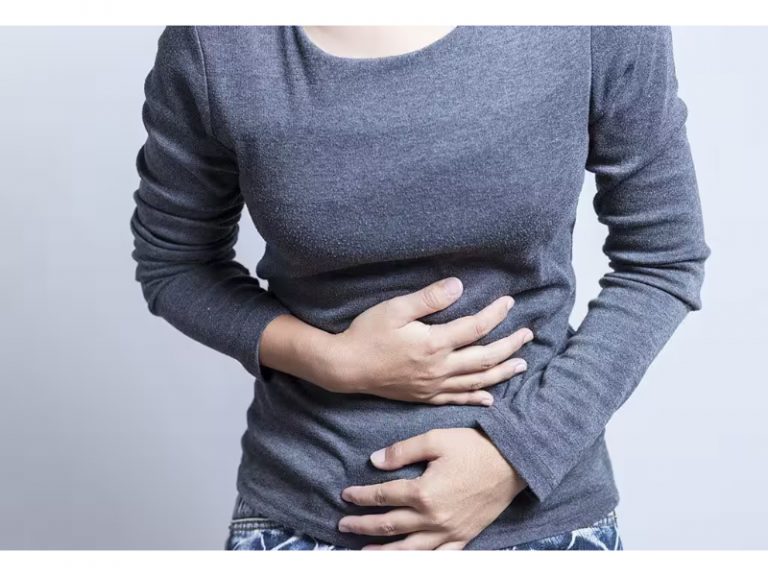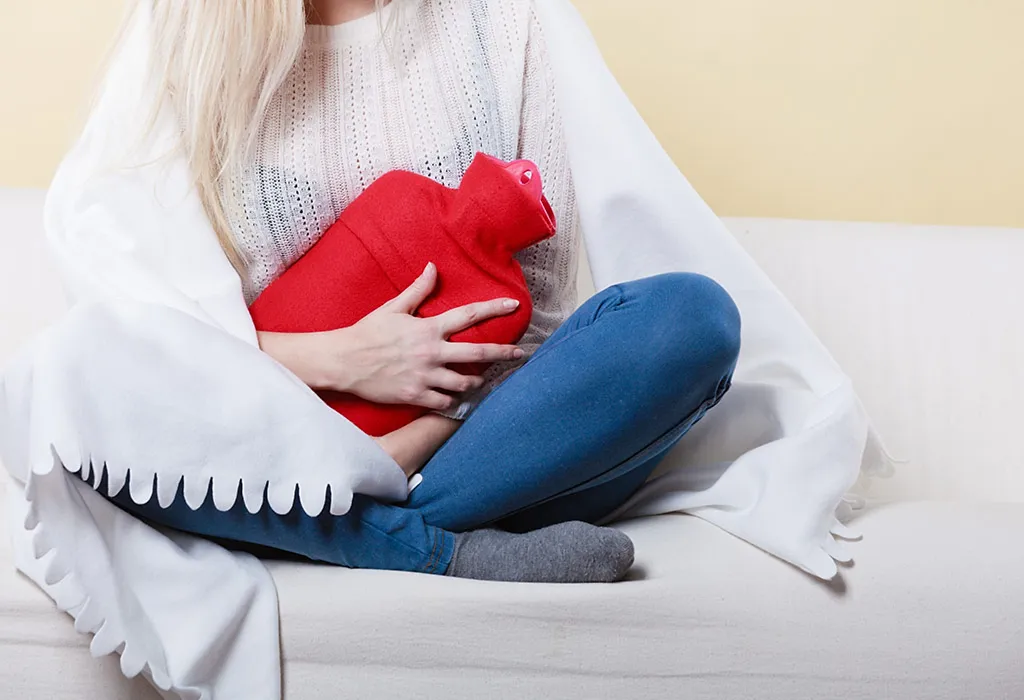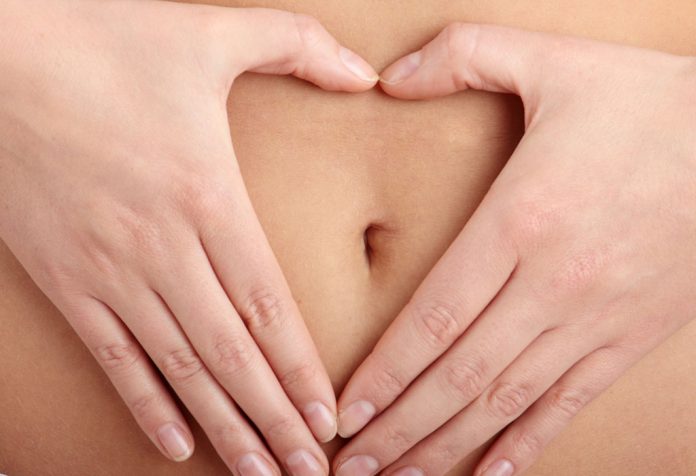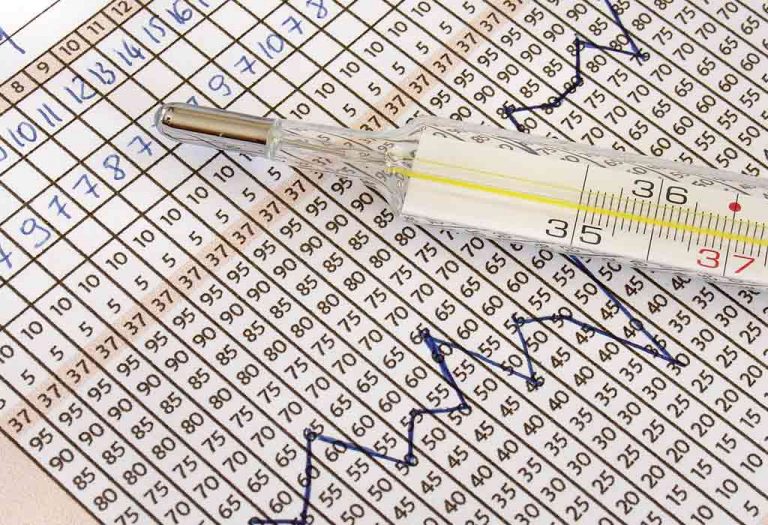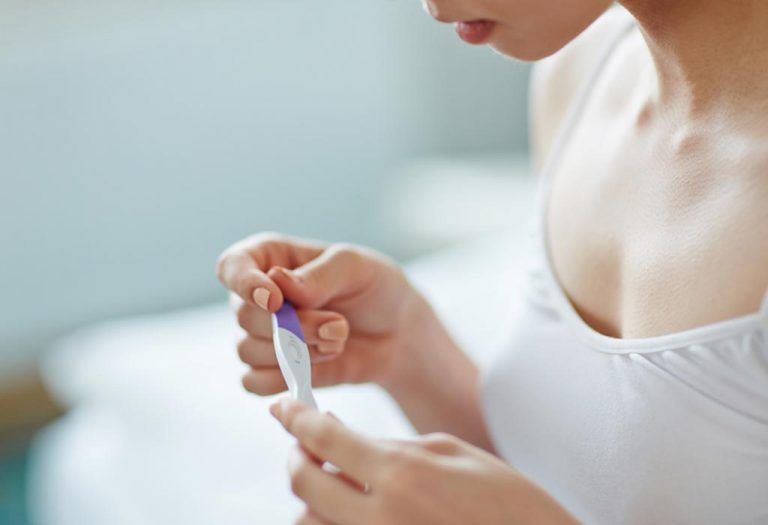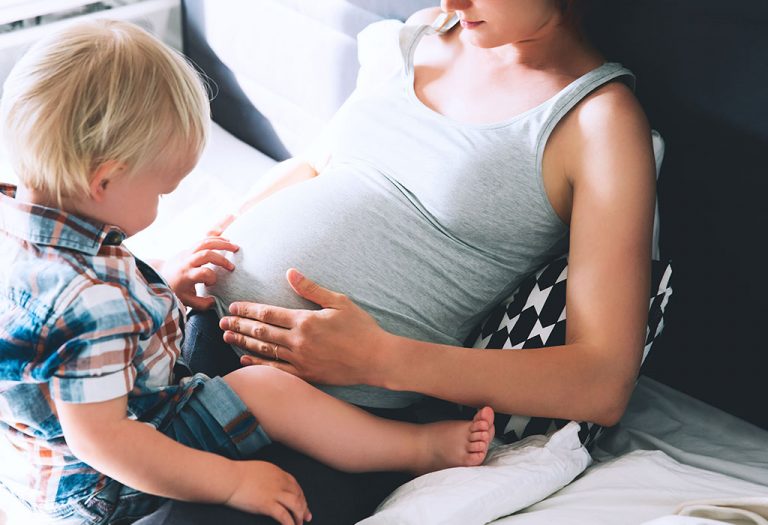Implantation Cramps – Signs & When To See Doctor

Menstrual cramps are a part of a woman’s life. You know how they feel, how severe they can get, and what you should do to get through those painful hours or days. But do you know about implantation cramps? Don’t get confused between implantation cramps with menstrual cramps. It is important to understand the causes and key differences between implantation cramps and period cramps in order to recognise them. If you are a mum, you must be aware of it. But if not, then read on to know what implantation cramping is, where exactly the pain is located, and more.
Implantation cramps are not same as menstrual or period cramps – they can be one of the early signs of pregnancy. If you are experiencing cramps that aren’t similar to the usual period ones, there’s a good chance that you might be experiencing implantation cramps (and are pregnant).
What Are Implantation Cramps?
As mentioned above, implantation cramps are an early sign of pregnancy. When a woman is about to get pregnant after the conception, her body undergoes quite a few changes from within. When a fertilised egg attaches itself to the walls of the uterus of a woman, it is called implantation (3). This generally causes abdominal spasms or sharp pain, similar to cramps and are known as implantation cramps.
When Does Implantation Cramping Occur?
When the conception is successful, i.e., when the sperm fertilises the egg, the embryo is formed. In order to safeguard the embryo within the womb, it is securely implanted within the uterine walls. During this process, the body releases prostaglandins, hormones that play a vital role in reproduction. These hormones help break down the outer layer of the fertilised egg, known as the blastocyst, enabling it to implant into the uterine lining (2). Prostaglandins can sometimes cause minor muscle spasms, which may be one of the causes of implantation cramping.
Not all women experience implantation cramping, so it cannot be said for sure that you will have cramps too. Only 30 per cent of women experience implantation cramping. If the cramping pain occurs around a week to 12 days after ovulation, there is a good chance that implantation has occurred, and the pain is an indication of it (1).
Where Will You Feel the Cramps?
Since implantation is related to the uterus, you will have cramps in the lower part of your abdomen. Pain may also occur in the surrounding areas; you can expect to experience lower back pain. This pain may be typically similar to the pain experienced during ovulation or while on periods.
What Does Implantation Cramping Feel Like?
Implantation cramping is generally associated with a feeling of being tugged or pulled internally within the body, combined with pricks of pain. It occurs in brief spasms and is very mild in nature. Certain women may have light bleeding too along with cramps. This is a consequence of the implantation process itself.
How Long Does Implantation Cramping Last?
Implantation cramping timing lasts for only a short window when the implantation occurs. Given that the process lasts for a couple of days or so, it is assumed that the cramping should fade away after two to three days. In rare cases, some women may experience cramps for around 12-15 days, while others may have no cramps at all, even after having successfully conceived. Therefore, there’s no conclusive answer to this since there is a strong possibility of multiple factors governing the process and its effects.
Are There Any Remedies for Implantation Cramping?
Stress and fatigue are the major factors responsible for worsening pain. Resting for a good amount of time can help your body relax and combat the pain effectively. Lying on the bed and elevating your legs can also bring about some relief from the pain. You should also stop doing strenuous everyday tasks for a few days until the pain fades away. You can practise yoga or perform light exercises to feel better. Meditation can also have surprising effects on pain. You can also take a warm bath or shower, as the heat can help relax your uterine muscles and ease implantation cramps. Any kind of warm compress on your pelvis can also provide relief from pain. Yoga can also be helpful as it will put you in a relaxed state of mind, get your blood flowing, and alleviate your pain. So, try out these remedies to feel better.
What Are the Symptoms Associated With Implantation?
Although cramping is one of the prominent signs of implantation, there are a bunch of other symptoms that help establish the same conclusively. Certain women don’t feel the cramping at all, or the pain is extremely light but that doesn’t mean they are not implanted. The symptoms of early pregnancy may vary from woman to woman. Some women can experience implantation cramps days after being implanted, while others may not. The other symptoms of early pregnancy you can watch out for include breast tenderness, constipation, missed period, food aversions, nasal congestion, etc. If you don’t experience cramps at all, you can check for other symptoms. If you feel light-headed or tired, it could be because of pregnancy (4). Your body must be going through a complicated process internally as well. If your breasts feel sensitive, it is a sign of pregnancy. Minor signs of physical and mental conditions appear during the process which isn’t very obvious but can be felt.
Difference Between Implantation Cramps and Menstrual Cramps
Implantation cramps are not the same as menstrual cramps. Implantation cramping happens in small spasms, and at times, it is paired with light blood spots. But this bleeding is a far cry from the usual menstrual bleeding. When a woman has implantation cramps, the bleeding along with it is not intense, and the spots are brown and pinkish in colour. Menstrual cramps, on the other hand, are experienced during a period, which occurs usually once in 28 days or so. Menstrual bleeding may intensify over time and the blood will be a vivid shade of red (1).
Is Cramping a Sign of Pregnancy?
Implantation cramping can be an early sign of pregnancy but experiencing cramps alone is not enough to establish a pregnancy. As only 30 per cent of women experience implantation cramping, it cannot be taken as a conclusive sign. The embryo is barely discernible in size and needs to grow for some more time. Utilising the standard home pregnancy test is the best way to confirm a pregnancy. This way a woman can understand whether her cramps are related to implantation or not.
Is There Any Need to Worry?
Implantation is totally a natural process of pregnancy. In fact, minor cramping is a good sign as it indicated that the body is getting ready to protect the embryo and allow it to grow into a healthy baby. However, if at all, you feel that the cramping is unusual or intense and the pain doesn’t seem to subside even after a few days, it is best to get in touch with a doctor and get a professional medical opinion.
When to Call a Doctor?
You should visit the doctor if the implantation cramping on one side or both sides is sharp and radiate throughout your pelvis and abdomen. This may indicate ectopic pregnancy, which means the embryo is implanted outside of the uterus. If you experience implantation bleeding cramps and have trouble telling the difference between implantation bleeding and your regular flow, you must contact your doctor (5).
FAQs
1. Can implantation cramps occur on one side only?
Yes, you can feel implantation cramps both sides or on one side of the lower abdomen, depending on where the fertilised egg implants itself in the uterus. However, the sensation may also feel general across the lower belly.
2. Can implantation cramps occur with twins or multiples?
Implantation cramps might feel slightly more pronounced with twins or multiples, as multiple embryos implant in the uterine lining. However, the difference in sensation may not always be noticeable.
3. Can lifestyle factors influence implantation cramps?
Stress, dehydration, or a sedentary lifestyle may exacerbate cramping or make discomfort more noticeable. Staying hydrated and maintaining a balanced routine can help ease mild cramps.
Implantation cramping is common and there is nothing to worry about if you have cramps. In case you experience implantation cramps, enjoy the fact that soon you will welcome a baby into this world. And if you are not experiencing it and still waiting for the good news of pregnancy, then don’t be sad. There are other possible signs of pregnancy you can watch out for. Don’t stress yourself – stay healthy and happy, and soon you will hear the good news!
References/Resources:
1. Implantation Cramping vs. Period Cramps; Northeast Alabama Regional Medical Center; https://rmccares.org/2023/10/10/implantation-cramping-vs-period-cramps/
2. Blesson. C. S, Büttner. E, Masironi. B, Sahlin. L; Prostaglandin receptors EP and FP are regulated by estradiol and progesterone in the uterus of ovariectomized rats; PubMed Central; https://pmc.ncbi.nlm.nih.gov/articles/PMC3278370/
3. Kim. S. M, Kim. J. S; A Review of Mechanisms of Implantation; PubMed Central; https://pmc.ncbi.nlm.nih.gov/articles/PMC5769129/
4. Headaches in Early Pregnancy; Stanford Medicine Children’s Health; https://www.stanfordchildrens.org/en/topic/default?id=headaches-in-early-pregnancy-134-3
5. Stomach pain in pregnancy; NHS; https://www.nhs.uk/pregnancy/related-conditions/common-symptoms/stomach-pain/
Also Read:
Cramping Without Periods
Bleeding during Ovulation
Effective Tips to Survive 2WW (Two Week Wait) Phase
Late Implantation – How It Affects Pregnancy
Was This Article Helpful?
Parenting is a huge responsibility, for you as a caregiver, but also for us as a parenting content platform. We understand that and take our responsibility of creating credible content seriously. FirstCry Parenting articles are written and published only after extensive research using factually sound references to deliver quality content that is accurate, validated by experts, and completely reliable. To understand how we go about creating content that is credible, read our editorial policy here.






